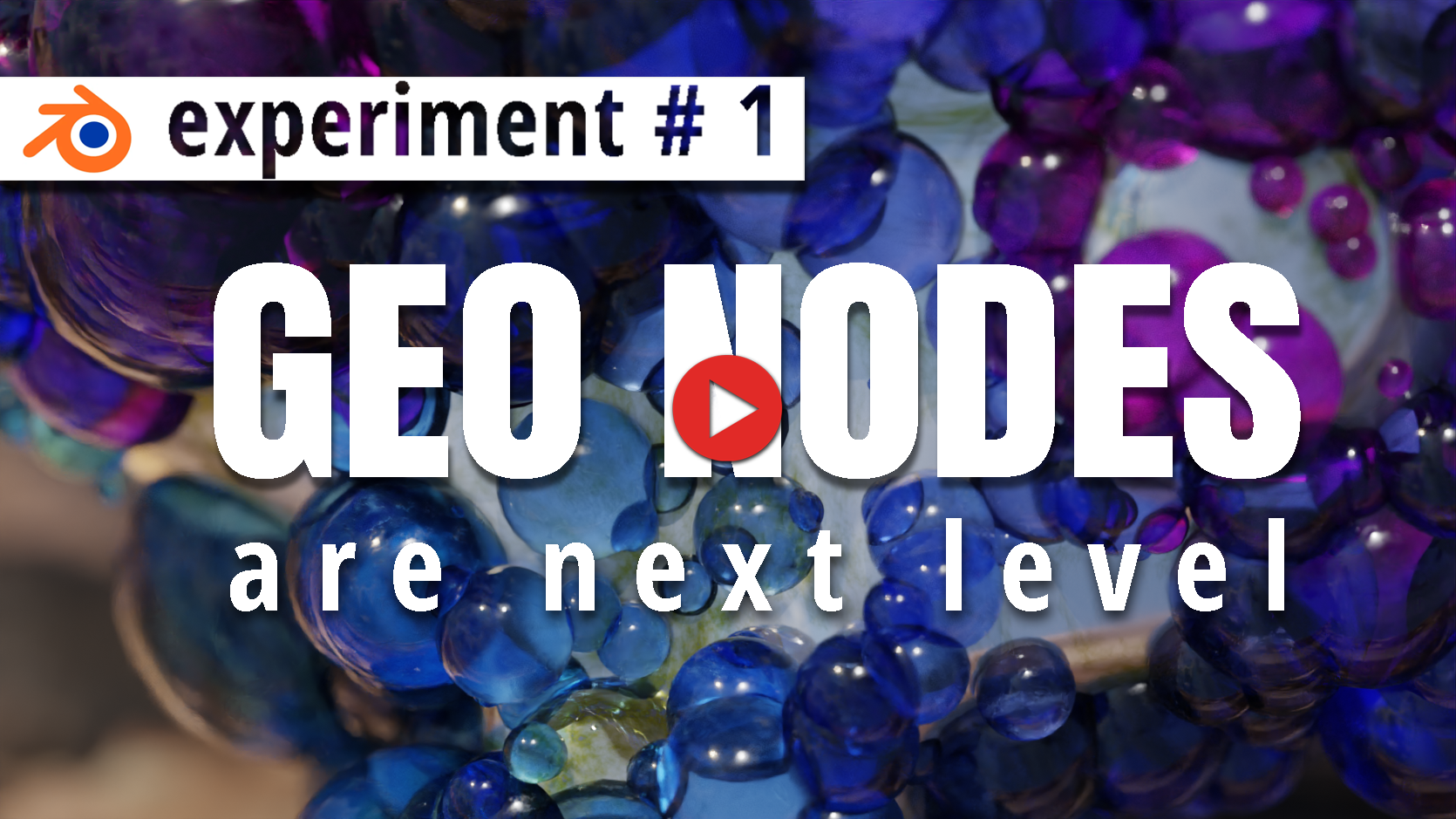Use math to create motion graphics!
Have you ever wondered how to create motion graphics like those in current media? If so, you're in luck. In my latest video, I've used Blender's Geometry Node system to create a mesmerizing bubble effect on everyone’s favorite 3d monkey, Suzanne.
Using the Geometry Node system, I was able to manipulate the 3D model of Suzanne and add a bubble effect that moved and flowed across the surface of its geometry. The effect is driven by an empty object and its location in relation to Suzanne, the monkey. As the empty object’s location changes in relation to Suzanne, so do the scale and distribution of bubbles (spheres) across the surface of the targeted geometry, which in this case is the monkey model featured as a primitive object option inside of Blender. With each tweak of the settings, the effect came to life, and I was able to create a truly stunning visual.
If you're interested in experimenting with the Geometry Node system to create similar effects, I highly recommend taking the time to explore the various nodes and settings available. With a little bit of practice and experimentation, you'll be able to create stunning visual effects that will leave your audience or clients in awe.
Overall, I think this is a really fun and useful set-up when used correctly. It's a testament to the power of Blender's Geometry Node system and the endless possibilities that it offers for creating stunning visual effects as well as the time I have dedicated to learning how the system works. Whether you're a seasoned 3D artist or a beginner just starting out, there's no better time to start exploring the exciting world of Blender and its many powerful tools.

